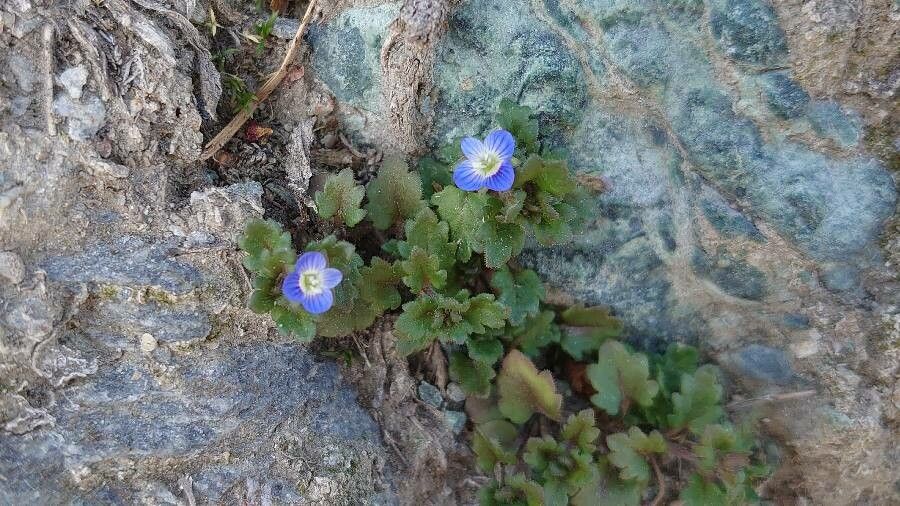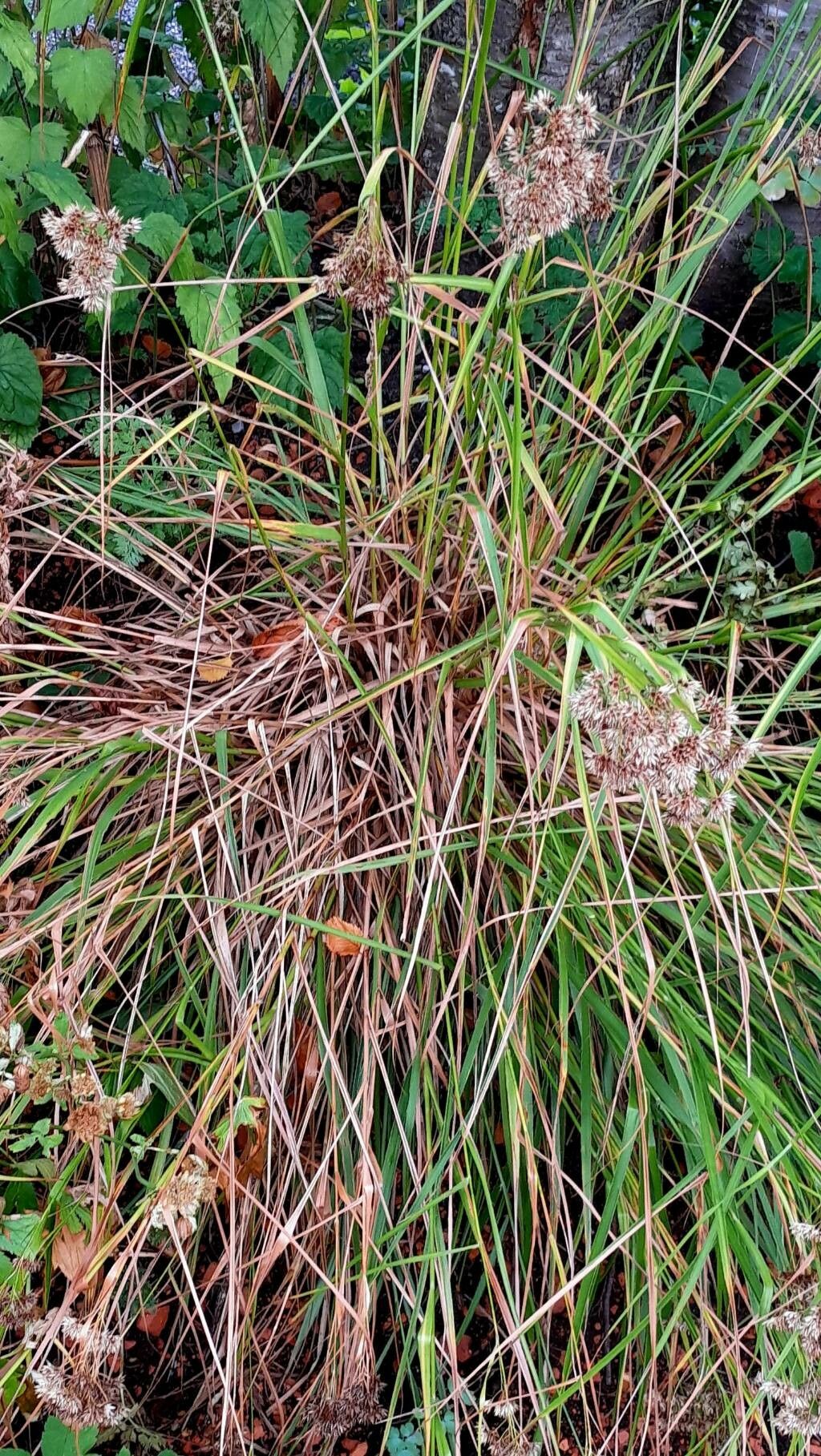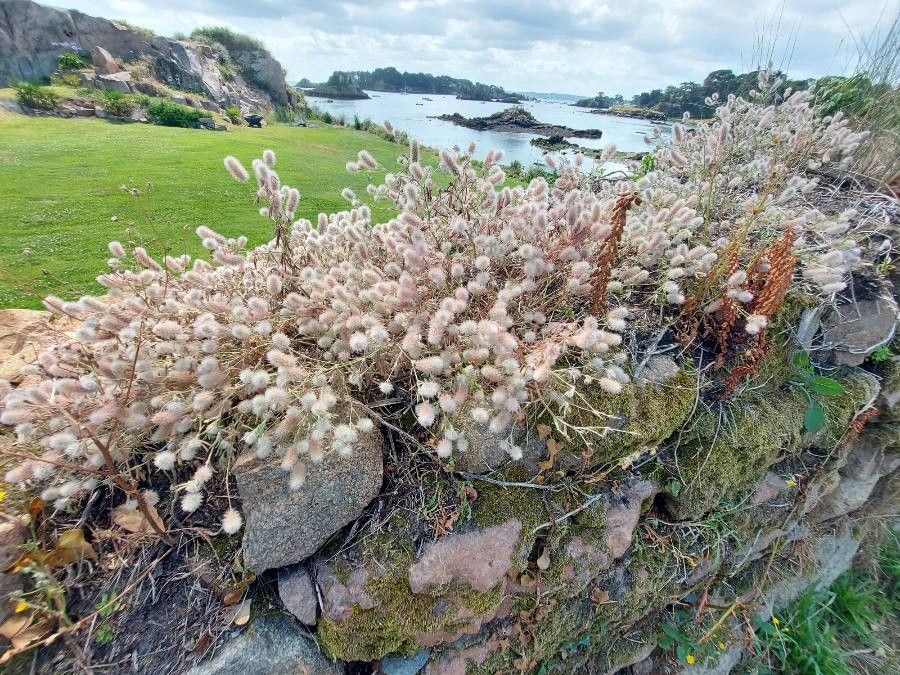## Daisies: A Gardener's Delight
Daisies, belonging to the Asteraceae family, are beloved for their cheerful, bright blooms and relatively low-maintenance nature. These iconic flowers come in a wide variety of species and cultivars, offering a range of colors, sizes, and blooming periods to suit any garden. From the classic white Shasta daisy to the vibrant hues of painted daisies, there's a daisy to brighten every landscape.
### Habitat and Growth
Daisies are remarkably adaptable, thriving in a wide range of conditions. Many species are found growing wild in meadows, fields, and along roadsides, demonstrating their resilience. However, understanding their basic needs will help you cultivate a thriving display in your own garden.
### Sun Exposure and Soil Needs
Most daisy varieties prefer full sun, meaning at least six hours of direct sunlight per day. However, some cultivars tolerate partial shade, especially in hotter climates. Well-drained soil is crucial; daisies are susceptible to root rot in excessively wet conditions. The ideal soil is fertile and slightly acidic to neutral (pH 6.0-7.0). Adding compost or other organic matter can improve soil drainage and fertility.
### Planting Daisies
Daisies can be propagated from seed, cuttings, or by dividing established plants. Sowing seeds directly outdoors is common, but starting seeds indoors a few weeks before the last frost can give them a head start. Space plants appropriately based on the mature size of the specific variety. Generally, allow 6-12 inches between plants.
### Daisy Care and Maintenance
Regular watering is important, especially during dry spells, but avoid overwatering. Allow the soil to dry slightly between waterings. Deadheading, or removing spent blooms, encourages more flowering throughout the season. This simple task helps keep the plants looking tidy and promotes a longer bloom period. Fertilizing lightly once or twice during the growing season with a balanced fertilizer can boost flowering, but avoid over-fertilizing.
### Pests and Diseases
Daisies are generally quite hardy and resistant to pests and diseases. However, they can be susceptible to powdery mildew in humid conditions. Good air circulation and avoiding overhead watering can help prevent this fungal disease. Slugs and snails can be a problem, so consider using slug bait or other preventative measures.
### Choosing the Right Daisy for Your Garden
The sheer variety of daisies can be overwhelming! Consider the size of your garden, your sunlight conditions, and your desired bloom color when making your selection. Research different daisy cultivars to find the perfect fit for your needs. From the classic Shasta daisy to the vibrant Gerbera daisy, the possibilities are endless.
### Conclusion
Daisies are an excellent choice for gardeners of all skill levels. Their cheerful blooms, low maintenance needs, and adaptability make them a valuable addition to any garden. With a little care and attention, you can enjoy a spectacular display of these charming flowers for years to come.
Daisies: Planting, Care & Growing Guide

Frequently Asked Questions
How to grow daisies from seed?
Sow seeds directly outdoors in spring after the last frost, or start indoors 6-8 weeks before the last frost. Ensure well-drained soil and adequate sunlight. Thin seedlings to appropriate spacing.
What type of soil do daisies need?
Daisies prefer well-drained soil that is fertile and slightly acidic to neutral (pH 6.0-7.0). Adding compost improves soil structure and fertility.


